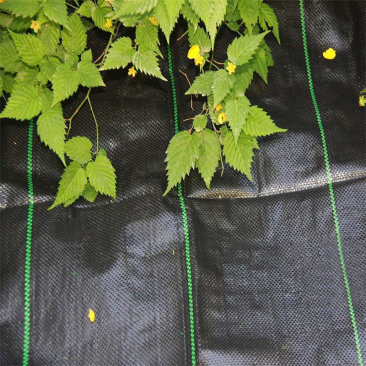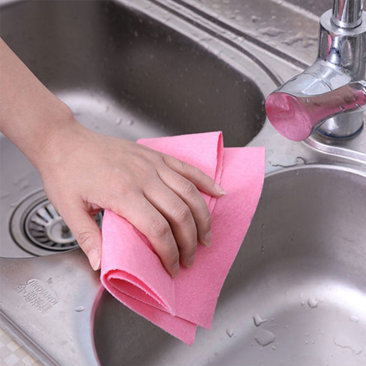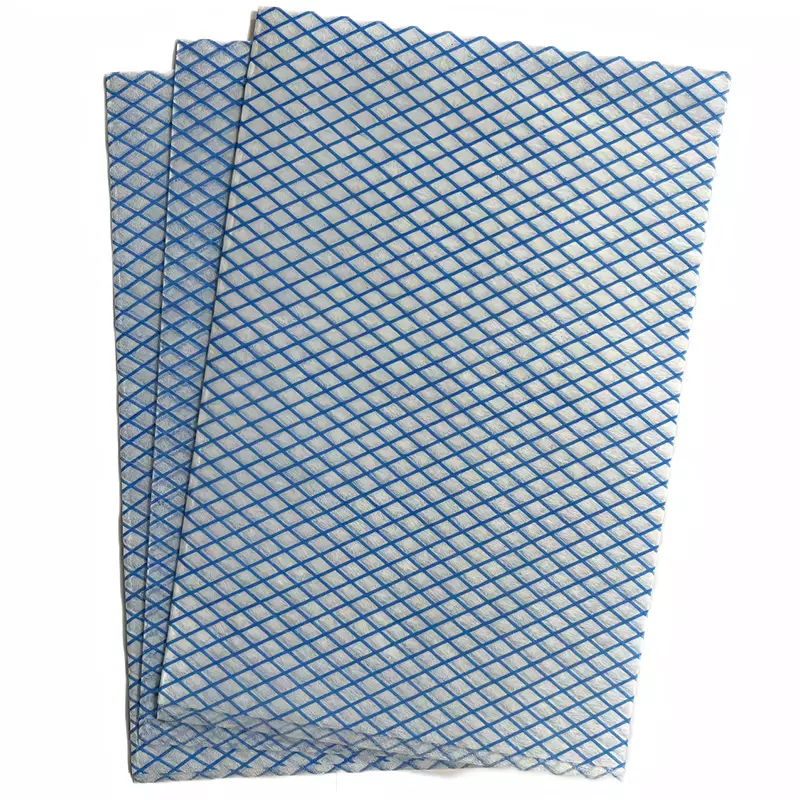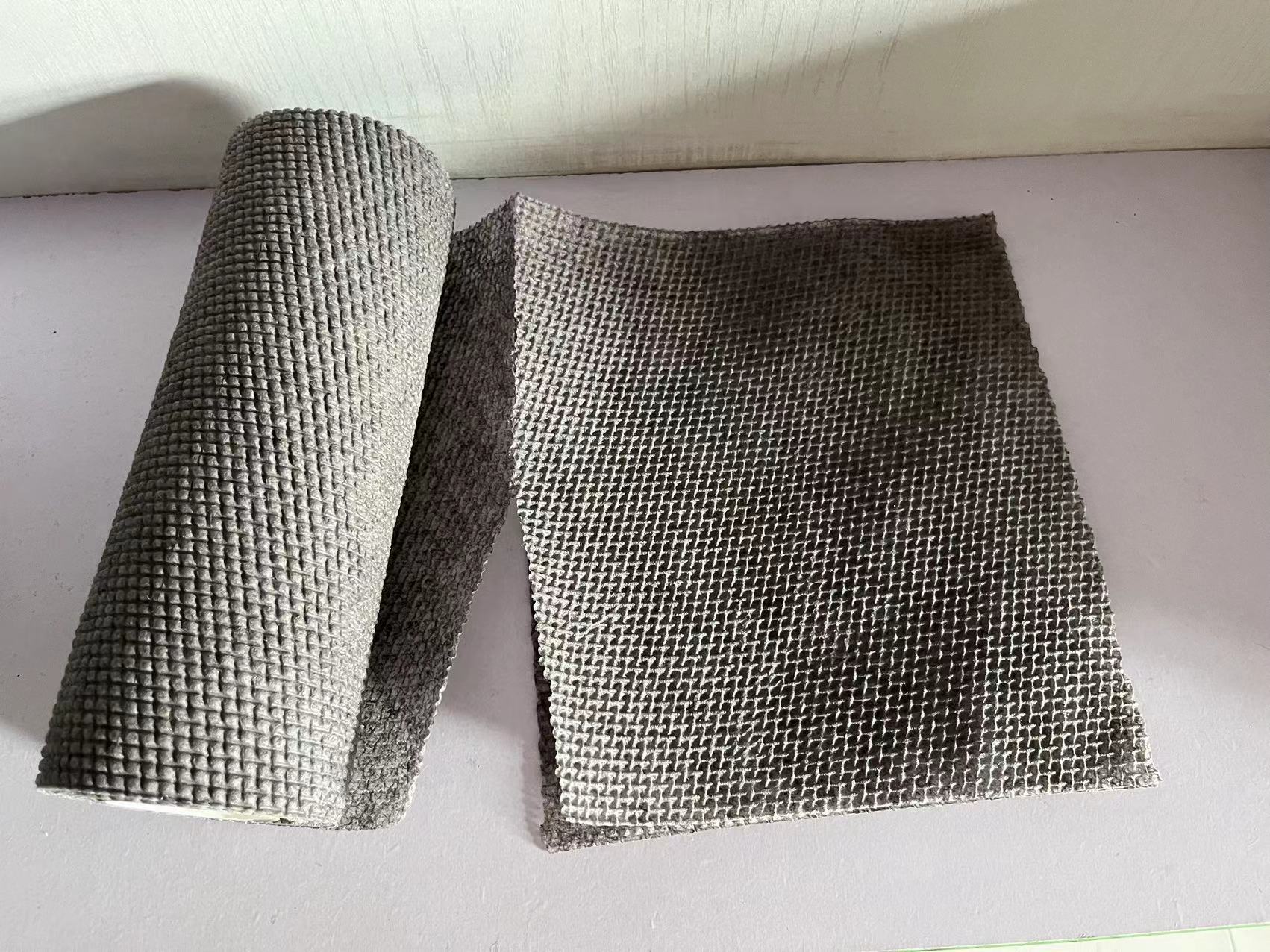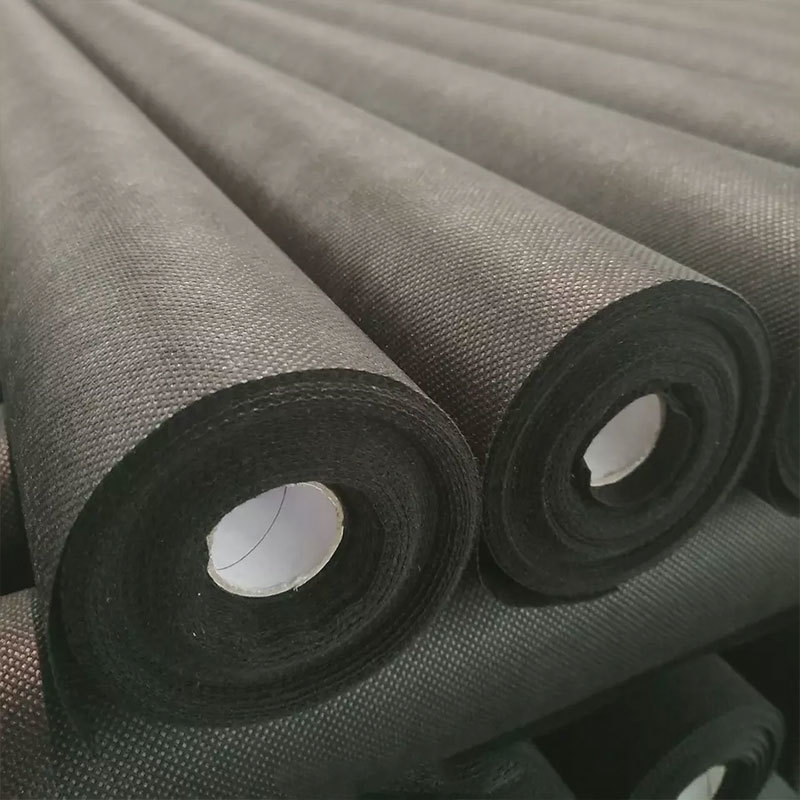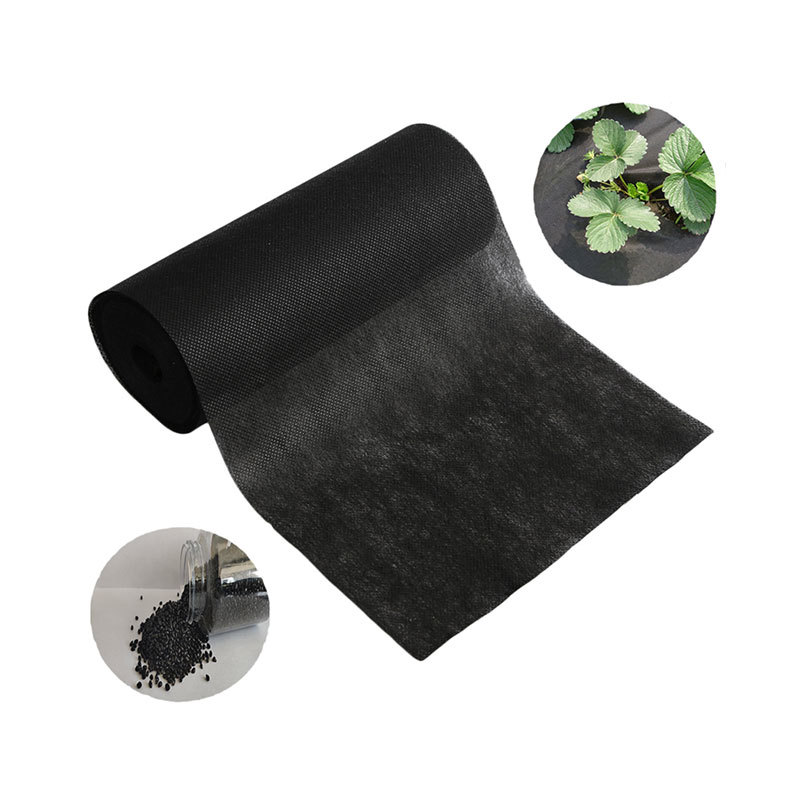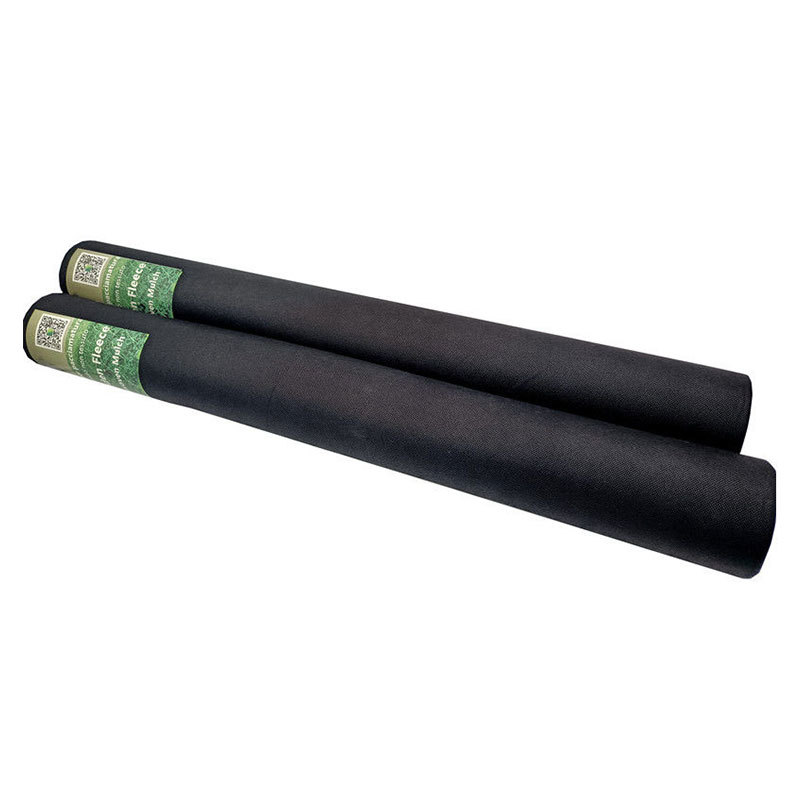06
2025
-
07
Effective Ground Weed Control Fabric: Essential Insights for Construction Professionals
Ground weed control fabric is an essential material in the construction and landscaping industries, offering a practical solution to a common challenge: weed growth. Weeds can compromise the aesthetic and functional integrity of landscaping projects, interfere with construction work, and necessitate additional maintenance efforts. By incorporating ground weed control fabric, professionals can effe
Ground weed control fabric is an essential material in the construction and landscaping industries, offering a practical solution to a common challenge: weed growth. Weeds can compromise the aesthetic and functional integrity of landscaping projects, interfere with construction work, and necessitate additional maintenance efforts. By incorporating ground weed control fabric, professionals can effectively mitigate these issues while promoting a healthier and more visually appealing environment.
The primary purpose of ground weed control fabric is to suppress weed growth by blocking sunlight while allowing water and air to permeate the soil. This breathable barrier is typically made from synthetic materials, such as polypropylene or polyester, which are designed to withstand various environmental conditions. The durability of these fabrics ensures that they can last for many years, providing long-term value to any project.
When selecting ground weed control fabric, it is vital to consider factors such as weave density, thickness, and UV resistance. A higher weave density typically offers superior weed suppression capabilities. Additionally, thicker fabrics can provide enhanced durability and resistance to tearing or degradation over time. UV resistance is also crucial, especially for projects exposed to direct sunlight, as it prevents the material from breaking down prematurely.
Installation of ground weed control fabric is straightforward but requires careful planning. Prior to installation, the area should be cleared of existing weeds, rocks, and debris to ensure optimal performance. Once the site is prepared, the fabric can be laid down, overlapping seams to prevent gaps where weeds could emerge. It is also advisable to secure the fabric with landscape staples or pins to keep it in place, particularly in windy conditions.
Beyond weed control, these fabrics can contribute to better moisture retention in the soil, reduce erosion, and improve overall soil health. In landscaping applications, ground weed control fabric can serve as an effective underlayment for mulch or decorative stones, enhancing the aesthetic appeal of gardens and pathways while minimizing the maintenance required to keep them weed-free.
Furthermore, the use of ground weed control fabric aligns with sustainable practices by reducing the need for chemical herbicides, which can have adverse environmental impacts. By utilizing this material, construction professionals can promote an eco-friendly approach to land management and landscaping.
In conclusion, ground weed control fabric is an invaluable asset for construction and landscaping projects. By understanding its benefits, installation methods, and selection criteria, professionals can make informed decisions that enhance the quality, longevity, and sustainability of their projects. Investing in this practical solution not only improves the immediate environment but also simplifies ongoing maintenance efforts.
The primary purpose of ground weed control fabric is to suppress weed growth by blocking sunlight while allowing water and air to permeate the soil. This breathable barrier is typically made from synthetic materials, such as polypropylene or polyester, which are designed to withstand various environmental conditions. The durability of these fabrics ensures that they can last for many years, providing long-term value to any project.
When selecting ground weed control fabric, it is vital to consider factors such as weave density, thickness, and UV resistance. A higher weave density typically offers superior weed suppression capabilities. Additionally, thicker fabrics can provide enhanced durability and resistance to tearing or degradation over time. UV resistance is also crucial, especially for projects exposed to direct sunlight, as it prevents the material from breaking down prematurely.
Installation of ground weed control fabric is straightforward but requires careful planning. Prior to installation, the area should be cleared of existing weeds, rocks, and debris to ensure optimal performance. Once the site is prepared, the fabric can be laid down, overlapping seams to prevent gaps where weeds could emerge. It is also advisable to secure the fabric with landscape staples or pins to keep it in place, particularly in windy conditions.
Beyond weed control, these fabrics can contribute to better moisture retention in the soil, reduce erosion, and improve overall soil health. In landscaping applications, ground weed control fabric can serve as an effective underlayment for mulch or decorative stones, enhancing the aesthetic appeal of gardens and pathways while minimizing the maintenance required to keep them weed-free.
Furthermore, the use of ground weed control fabric aligns with sustainable practices by reducing the need for chemical herbicides, which can have adverse environmental impacts. By utilizing this material, construction professionals can promote an eco-friendly approach to land management and landscaping.
In conclusion, ground weed control fabric is an invaluable asset for construction and landscaping projects. By understanding its benefits, installation methods, and selection criteria, professionals can make informed decisions that enhance the quality, longevity, and sustainability of their projects. Investing in this practical solution not only improves the immediate environment but also simplifies ongoing maintenance efforts.
ground weed control fabric


